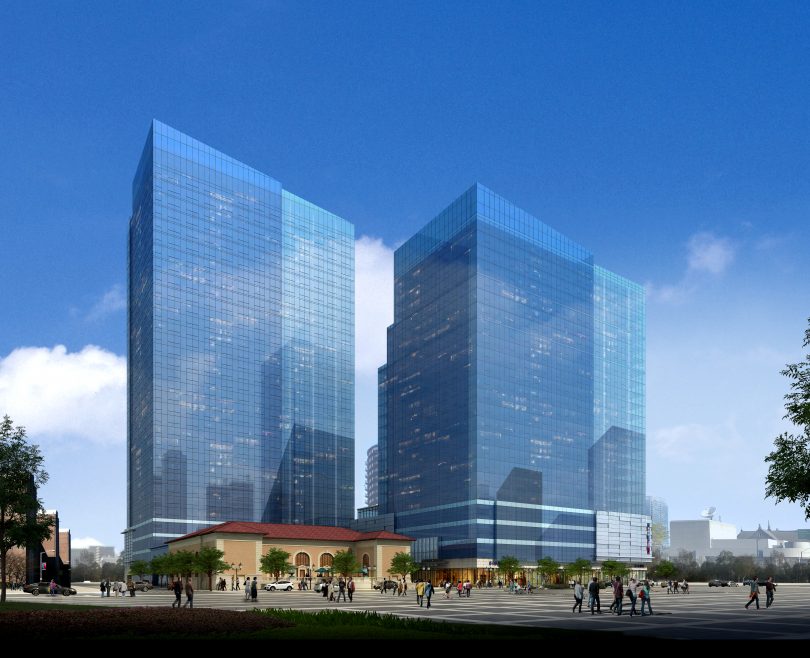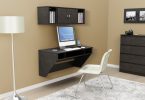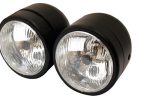Fiber-reinforced plastic (FRP) cable trays have emerged as a popular choice for cable management in various industries due to their unique properties and advantages. As a composite material made from polymers and fibers, such as epoxy, vinyl ester, carbon, glass, basalt, or aramid, FRP offers strength, durability, and resistance to corrosion. This makes them particularly suitable for challenging environments that require high-performance, reliable cable support systems.
The primary function of FRP cable trays is to provide a secure and organized pathway for routing cables in different applications while ensuring easy access for maintenance and replacement. These cable trays accommodate and protect both energy and data cables, offering a convenient solution to upgrade, expand, reconfigure, or relocate networks as per industry requirements. With their open design, they facilitate efficient heat dissipation while minimizing cable clutter.
Some common uses of FRP cable trays include power generation facilities such as nuclear, thermal, and hydroelectric plants, as well as chemical plants, oil and metal refineries, and water treatment plants. The versatility and resilience of FRP cable trays make them an excellent choice for industries seeking a reliable, long-lasting cable management system.

Overview Of FRP Cable Trays
What is an FRP Cable Tray?
FRP cable trays are cable management systems made from fiber-reinforced plastic (FRP). FRP is a composite material composed of a polymer matrix, such as epoxy or vinyl ester, and fibers, typically carbon, glass, basalt, or aramid. Due to their non-conductive and highly resistant nature, FRP cable trays are well-suited for applications in various industries with harsh environmental conditions, such as marine, industrial, chemical, and construction.
Key Functions
- Protection: FRP cable trays serve to protect energy and data cables from potential damage, such as mechanical wear, weather, and environmental hazards. Their non-conductive feature reduces the risk of electrical shock and short circuits.
- Organization: These cable trays enable proper cable management by organizing and segregating different types of cables, such as power, communication, and fiber optics. By maintaining a neat and organized setup, potential issues of cable entanglement and misidentified cables can be easily prevented.
- Heat Dissipation: The open design of most FRP cable trays allows for effective heat dissipation. This feature helps to maintain the thermal stability of cables, ensuring optimal functionality and prolonging their lifespan.
- Ease of Maintenance: The open design also allows for easy access, making the replacement, maintenance, and upgrade of cables more efficient. FRP cable trays are also resistant to corrosion, further reducing maintenance efforts and costs.
- Adaptability: FRP cable trays can be tailored to fit specific needs and conditions, such as extreme temperatures or corrosive environments. They can be utilized in a wide range of applications, including power generation facilities, communications infrastructure, and hydraulic tubing systems.
In-depth Analysis of Functions
Electrical Insulation
Fiberglass Reinforced Plastic (FRP) cable trays provide excellent electrical insulation. This is a significant advantage when it comes to cable management systems. The non-conductive nature of FRP material minimizes the risk of electrical faults and short-circuits. This functionality helps create a safer working environment and protects electronic equipment from potential damage due to electrical surges.
Corrosion Resistance
Low maintenance is another crucial factor when considering cable tray systems. FRP cable trays are highly resistant to corrosion, making them an appropriate choice for harsh environments. The material can withstand exposure to a wide range of chemicals and environmental factors, including saltwater and moisture. With this resilience, FRP cable trays are ideal for industries such as oil and gas, petrochemicals, manufacturing, and mining, where they can offer long-lasting support and protection for cables and wiring.
Fire Retardance
An essential characteristic of cable management systems is their ability to withstand high temperatures and potentially prevent the spread of fires. FRP cable trays are designed to meet self-extinguishing requirements and are tested according to NEMA FG-1 standards. In situations where fire resistance is critical, these trays provide an additional layer of protection for cables and the surrounding infrastructure. Implementing FRP cable trays aids in reducing the risk of fire-related damage and supports the overall safety in various industries.

Key Uses Of FRP Cable Trays
Industrial Usage
FRP cable trays are widely used in various industries due to their durability, resistance to corrosion, and versatility. Some common industrial applications include:
- Power generation: FRP cable trays are used in nuclear, thermal, and hydroelectric power plants to support and route power cables.
- Chemical plants: These trays are resistant to chemical attack, making them suitable for use in chemical processing facilities where corrosive substances are used or produced.
- Oil and gas: The trays’ resistance to extreme temperatures and environmental conditions makes them ideal for use in oil refineries and off-shore drilling platforms.
Residential Usage
Although FRP cable trays are primarily used in industrial settings, they can also be of great use in residential applications, including:
- Cabling networks: FRP cable trays can be used to manage and secure the wiring within a home, providing a clean and organized appearance.
- Telecommunication and data cables: The trays support and protect cables for internet, television, and phone services, ensuring the necessary connectivity for residents.
- Renovations and upgrades: FRP cable trays can be easily reconfigured or relocated, making them a convenient solution for residential projects involving upgrades or structural changes.
Overall, FRP cable trays are versatile and provide essential support for various cabling needs in both industrial and residential settings.
Benefits Over Traditional Cable Trays
Cost-effectiveness
FRP (Fiber Reinforced Plastic) cable trays offer a cost-effective solution over traditional steel or aluminum trays. Due to their non-conductive properties and high resistance to corrosion, FRP trays require less maintenance and replacement, resulting in long-term cost savings. In addition, their lightweight nature reduces transportation and installation costs, making them a more economical choice for many applications. You can buy frp cable trays from Seasafe.
Durability
One of the key advantages of FRP cable trays is their durability. These trays are made from a composite material, combining a polymer with fibers such as carbon, glass, basalt or aramid. This composition provides high strength and a longer lifespan than traditional metal cable trays. FRP trays are also known for their corrosion resistance, making them ideal for harsh environments like chemical plants or offshore oil platforms. Furthermore, FRP cable trays are fire retardant, adding an extra layer of safety to their usage. These properties ultimately lead to a reduced need for maintenance and replacements, contributing to their overall cost-effectiveness and reliability.
Conclusion
Fiberglass Reinforced Plastic (FRP) cable trays have proven to be an essential component in various industries due to their unique properties and versatile nature. They offer numerous advantages, such as being non-conductive, highly resistant to chemical corrosion, and providing a secure pathway for energy and data cables.
FRP cable trays are widely utilized in power generation facilities, including nuclear, thermal, and hydroelectric plants. The non-conductive nature of these trays reduces the risk of electrical hazards, thereby ensuring safer cable management in high-voltage environments.
Additionally, the versatile design of FRP cable trays allows for air circulation and water drainage, improving the overall cable management system. The availability of different types, such as perforated or ladder trays, only adds to their adaptability and potential applications.






